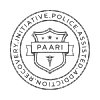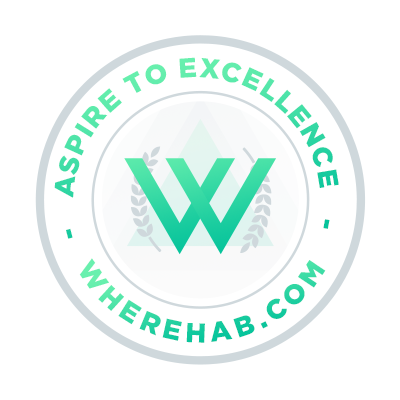Neurofeedback
Neurofeedback is EEG biofeedback or brain wave training. Neurofeedback training begins with a qEEG assessment. A tremendous body of research exists on the abnormal EEG and qEEG patterns associated with various medical and psychiatric disorders. The assessment for neurofeedback training may consist of anywhere from 2 to 19 electrodes being placed on the head at standardized electrode sites to gather EEG data. These data then may be compared statistically to a normative database, which provides scientifically objective D.C. Hammond / Child Adolesc Psychiatric Clin N Am 14 (2005) 105–123 107 information on how a patient’s brain activity differs from age-appropriate norms. These data then guide the neurofeedback training process. During neurofeedback training, there usually are two electrodes placed on the scalp at locations where the EEG activity diverges most from norms. Reference and ground electrodes are placed on the earlobes. Nothing intrusive is introduced into the brain. The electrodes simply measure the ongoing brain wave activity. Ordinarily we are unable to reliably influence our brain wave activity because we lack awareness of it. When we are able to see representations of our brain wave activity on a computer screen a few thousandths of a second after it occurs, however, it allows us to modify our brain wave patterns through operant conditioning.

Neurofeedback Research
2011: Both EEG biofeedback and methylphenidate (generic Ritalin, Concerta, etc) were associated with improvements on the variability and accuracy measures of computerized tests. Intellectual ability increased also by both methods. Although averaged effect size for methylphenidate seems to be greater than for EEG biofeedback, the difference was not significant. In conjunction with other studies, these findings demonstrate that EEG biofeedback can significantly improve several behavioral and cognitive functions in children with ADHD, and it might be an alternative treatment for non-responders or incomplete responders to medication as well as for those their parents favor a non-pharmacological treatment. Response inhibition was improved only by EEG biofeedback. (Ali Nazari, etal, 2011).








